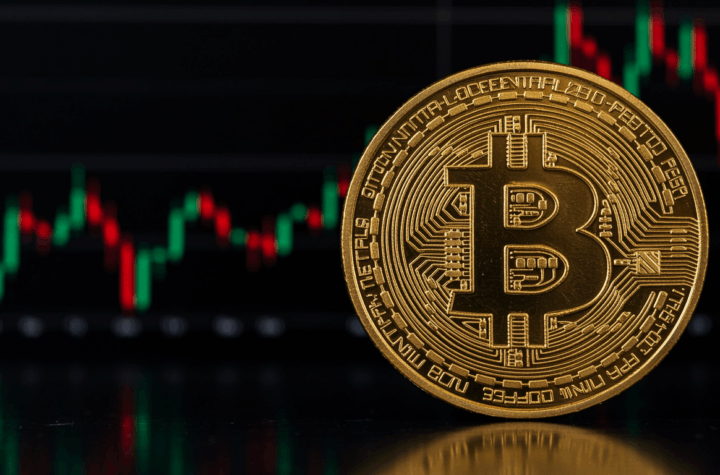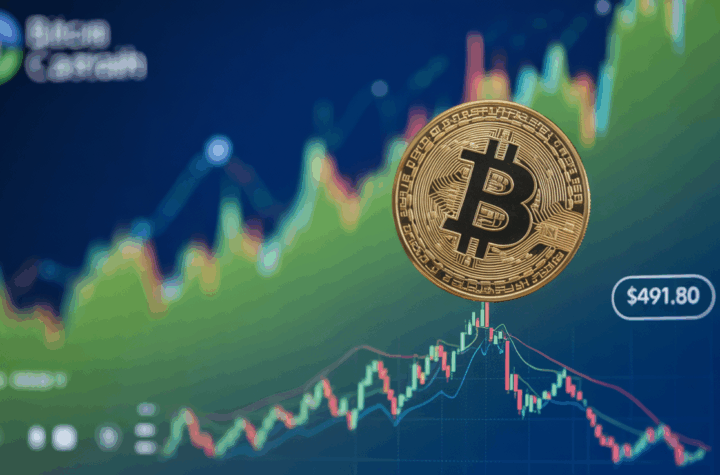
Stagflation Fears Grow as Economic Data Weighs on Bitcoin and Stocks
What began as a promising day in the markets quickly turned negative following a series of disappointing economic reports, reigniting concerns about stagflation.
The ADP jobs report for April, released two days ahead of the government’s official employment data, revealed that only 62,000 private sector jobs were added in April—far below the expected 108,000 and March’s 147,000. This marks the weakest job growth since July 2024, deepening fears of a slowing economy.
Adding to the negative sentiment, the first-quarter GDP estimate from the government came in at -0.3%, missing the forecast of 0.2% growth. The weak GDP number was largely driven by a surge in imports earlier in the year, as businesses rushed to bring in goods ahead of anticipated tariffs. This trade imbalance cut nearly 5% from GDP growth in Q1. Additionally, government spending related to the Trump administration’s DOGE policy acted as a drag on the economy for the first time since 2022.
Inflation concerns also loomed large, with the Core PCE price index rising 3.5%, surpassing expectations of a 3.1% increase. This uptick in inflation, paired with stagnant growth, raised further concerns of stagflation, a scenario where inflation rises while economic activity slows.
The news sent U.S. stocks sharply lower, with the Nasdaq dropping 2% and the S&P 500 falling 1.5%. Bitcoin mirrored the stock market’s decline, slipping by 1% to $94,300, as investors grew increasingly cautious in the face of weak economic data and persistent inflationary pressures.






More Stories
“Dogecoin steadies near $0.16 support amid profit‑taking that caps upside momentum.”
RLUSD Pilot Boosts XRP 5%, Technical Momentum Points to $2.50
How Aggressively Are BTC Traders Hedging After Recent Dip Under $100K?